Loveseat
August 31st, 20178/31/2017 Tree Edward Weston: "I want the greater mystery of things revealed more clearly than the eyes see . . . Anything that excites me, for any reason, I will photograph: not searching for unusual subject matter, but making the commonplace unusual . . ."
August 28th, 20178/28/2017 Edward Weston: "Clouds have been tempting me again . . . is there anything more elusive to capture than cloud forms! . . . one can hardly allow the thought, 'Is this worth doing?' or, 'Is this placed well?'—for an instant of delay and what was, is not!"
I know I am often impressed by the clouds here and can't resist posting some of my images of these constantly evolving and moving forms. August 26th, 20178/26/2017 Gerard Manley Hopkins:
"All is seared with trade; bleared, smeared with toil; And wear's man's smudge and shares man's smell; the soil Is bare now, nor can foot feel, being shod." When I see (as in the image and as described in Hopkins' poem) the constant smudging, building, tearing down, lifting up out of contact with that world that Hopkins wrote as charged with grandeur—I grieve. But then Hopkins went on, with a promise of hope: "And for all this, nature is never spent; There lives the dearest freshness deep down things; And though the last lights off the black West went Oh, morning, at the brown brink eastward, springs . . . August 24th, 20178/24/2017 Edward Weston: "I want to see the eternal, basic quintessence each object has and its relation to the great whole."
Gary Snyder: "Not only plum blossoms and clouds, or Lecturers and Roshis, but chisels, bent nails, wheelbarrows, and squeaky doors are all teaching the truth of the way things are." August 22nd, 20178/22/2017 Eclipse: only about 80% here, and this is without a solar filter Aaron Suskind: "become as passive as possible when faced with the subject . . . de-energize for the moment (one's) knowledge of the ideas about the subject . . . and at that crucial moment . . . permit the subject to speak for itself and in its own way."
August 20th, 20178/20/2017 Much of what I have read these last few years has been about finding stillness, quiet, peace—and about Buddhism which teaches that compassion and Christianity which teaches that love proceeds from these sources (and certainly what we need desperately is more compassion and love). But the emphasis in so much of this literature begins from finding such stillness in "nature" or the "wild." However, for many of us, our reality lies among monstrosities (as pictured above) and such quiet and peace is hard to find in our everyday world. Maybe that is the way it has often been for many people—perhaps Jesus frequently withdrawing to the wildnerness and the Buddha's retreat into the forest are symbols of that need. But today it is not easy for many of us to "retreat," and so we find it difficult (in fact, more and more difficult) to find some peace. Traditions of meditation also teach that one must learn (through meditation, usually) to find such quiet right in the midst of the chaos of our lives. I wonder though if in reality that works for many of us. What are the alternatives to such withdrawals from the ever humming busyness and cacophony? I haven't found any in my study so far. True, photography (and perhaps other artistic pursuits) can provide moments of focus in which the hubbub is stilled for a few seconds even in the midst of the noise but I wonder what other possibilities might be out there. And I believe this is more and more a pressing needs as our world (social, political, moral and spiritual) presses chaos and confusion, anger and grief more and more deeply upon us.
August 17th, 20178/17/2017 Ansel Adams: "A photograph is usually looked at—seldom looked into . . . It takes time to really see a fine print, to feel the almost endless revelation of poignant reality which, in our preoccupied haste, we have sadly neglected."
August 15th, 20178/15/2017 "I photograph to find out what something will look like photographed." Garry Winogrand
That's a clever statement, and expresses some truth. But when I make a photograph, I'm also trying to draw attention to what we might never otherwise notice. On a different (more painful) note, here's Edmund Burke's (slightly modified) comment on evil: "All that is necessary for the triumph of evil is that good (people) do nothing." I was disturbed this weekend by someone telling me that the media are giving too much attention to the Charlottesville incident. I was also reminded of Niemoller's comment that they came for the communists, and I wasn't a communist so I said nothing (et al.), and then there was no one left and they came for me. There is truth that in giving haters attention you give them (part of) what they want, but not to pay significant attention when they begin to move from "speech" to violence is to move into the space that Burke calls to our attention. August 05th, 20178/5/2017 When Thoreau climbed Mount Ktahdin in Maine, he experienced Nature in its "bareness". Here are his words: "What is it to be admitted to a museum, to see a myriad of particular things, compared to being shown some star's surface, some hard matter in its home? . . . What is this Titan that has possesssion of me? Talk of mysteries!—Think of our life in nature,—daily to be shown matter, to come in contact with it,—rocks, trees, wind on our cheeks! the solid earth1 the actual world! the common sense! Contact! Contact!" The emphasis on contact sounds like what Taoism and Zen urge too: contact with the things themselves. Instead of using language (rocks, trees, wind, earth) to suggest this, I use images, like the one above. But it is contact I am seeking for myself (when I walk and sit and watch to see, feel, hear . . . and then to make an image of what I see) and in turn to show to another . . .
August 02nd, 20178/2/2017 Thoreau: "I wish to speak a word for Nature, for absolute freedom and wildness, as contrasted with a freedom and culture merely civil,—to regard man as an inhabitant, or a part and parcel of Nature, rather than a member of society."
Categories |
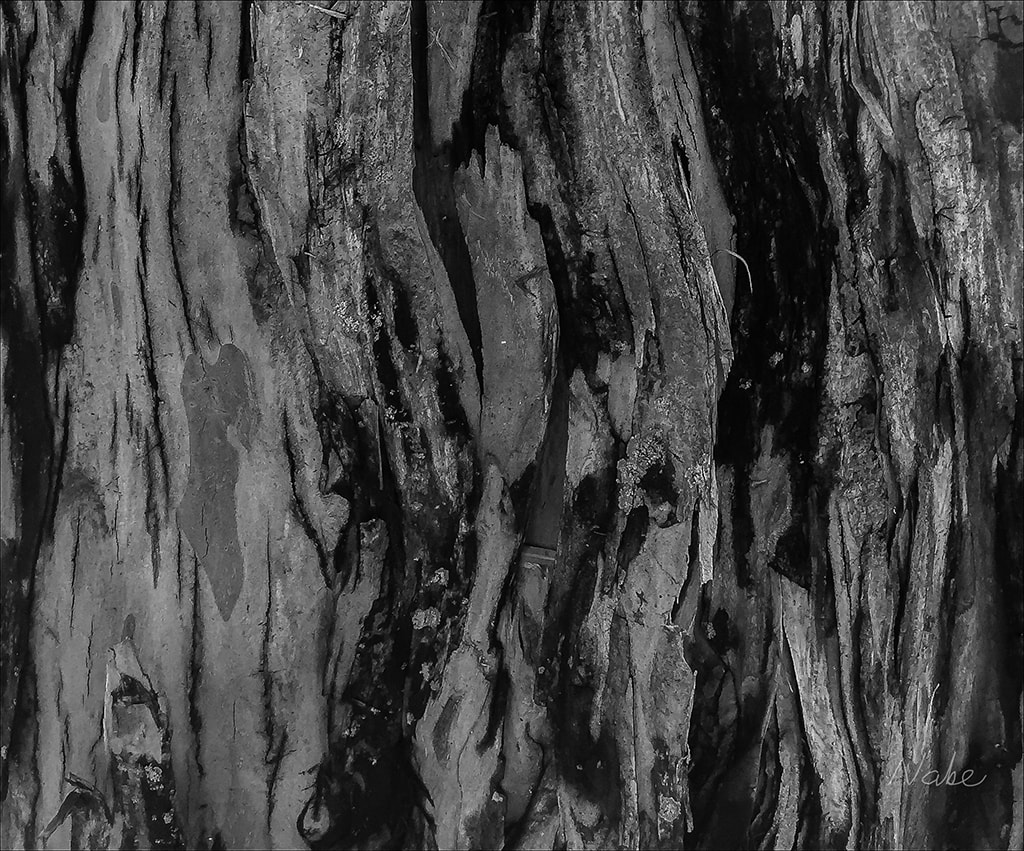
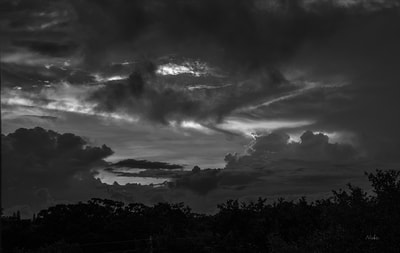
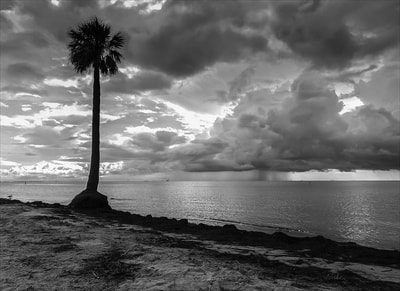

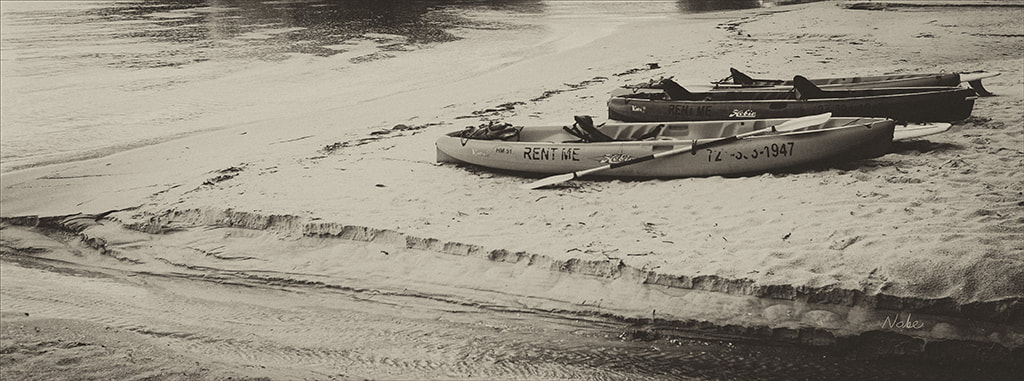
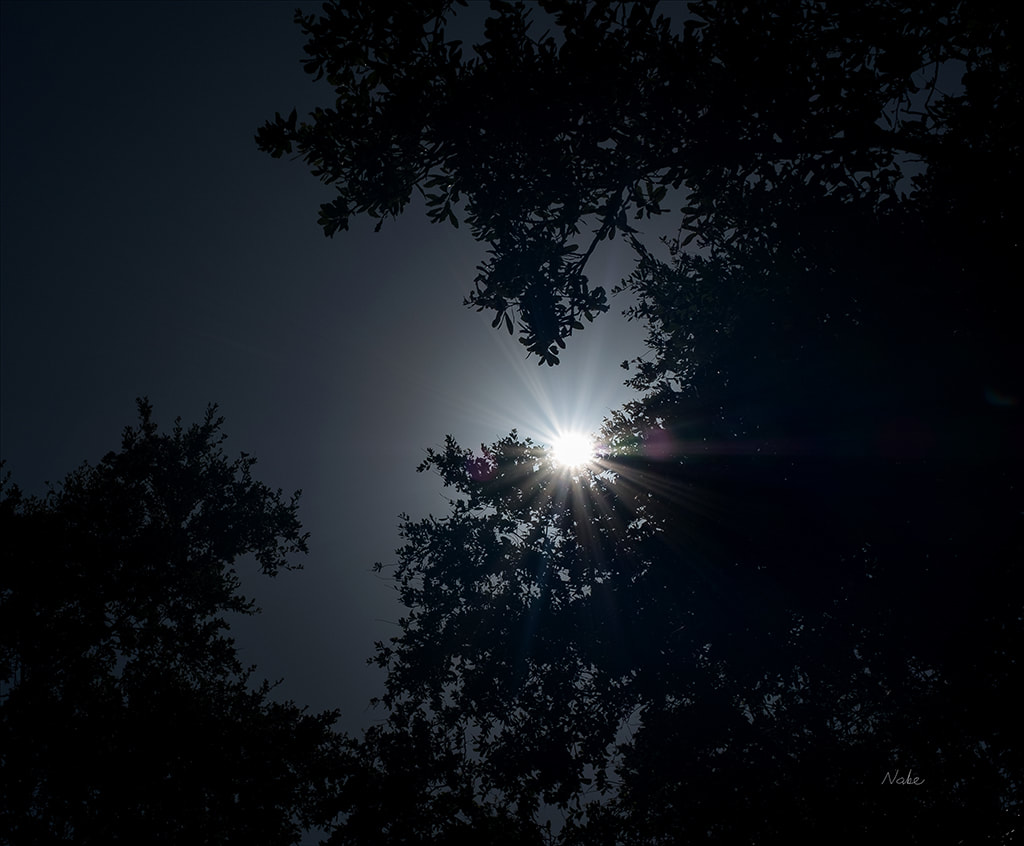
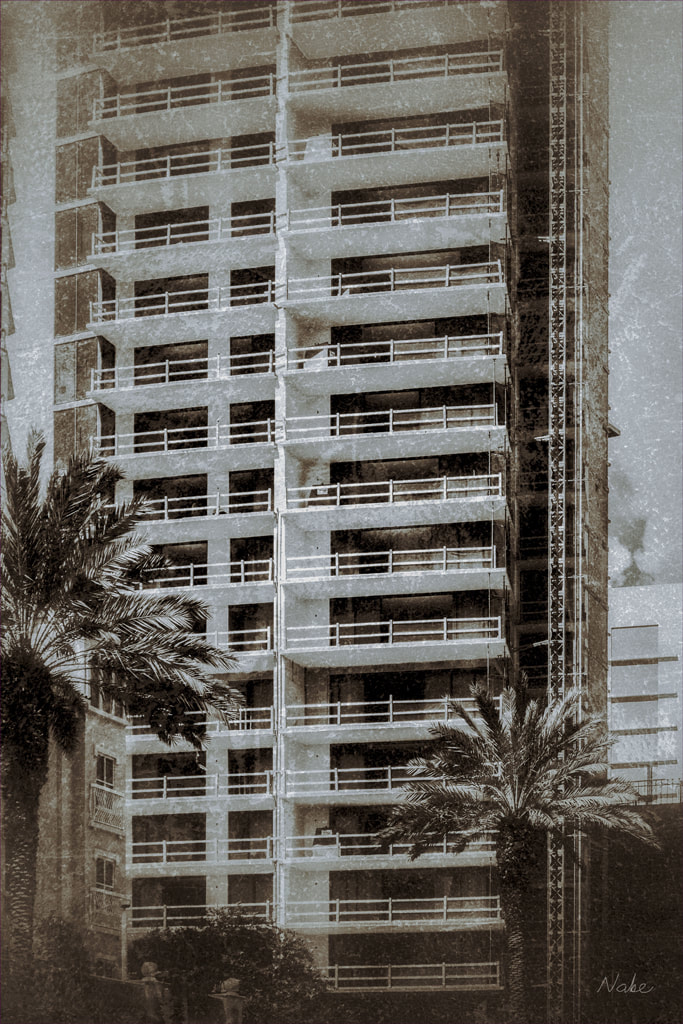
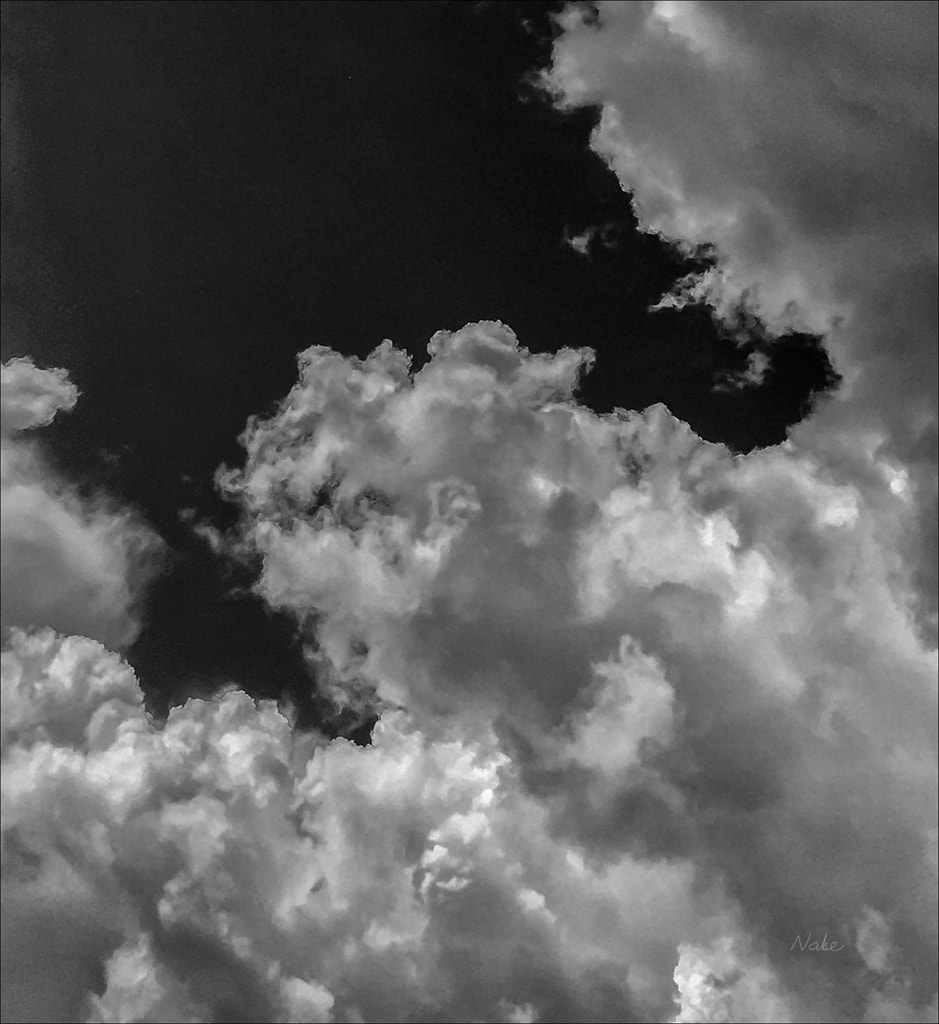
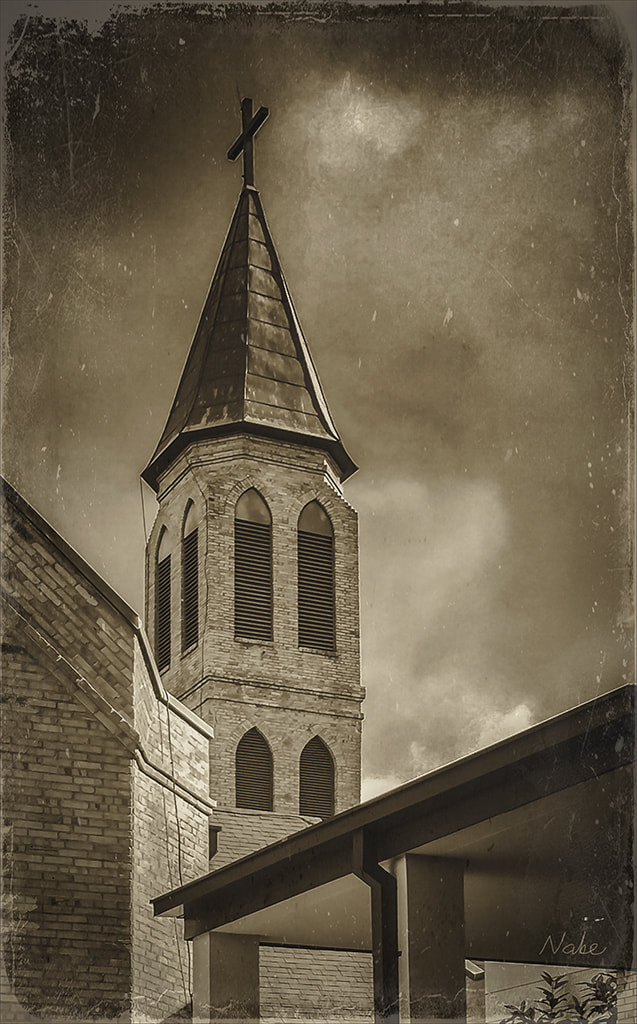
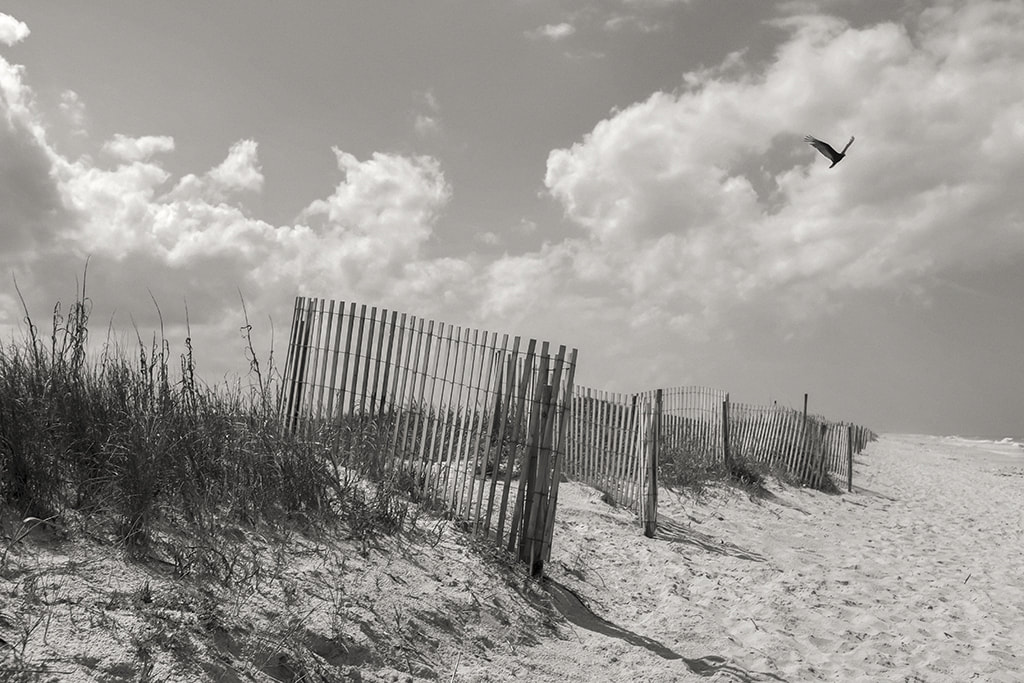
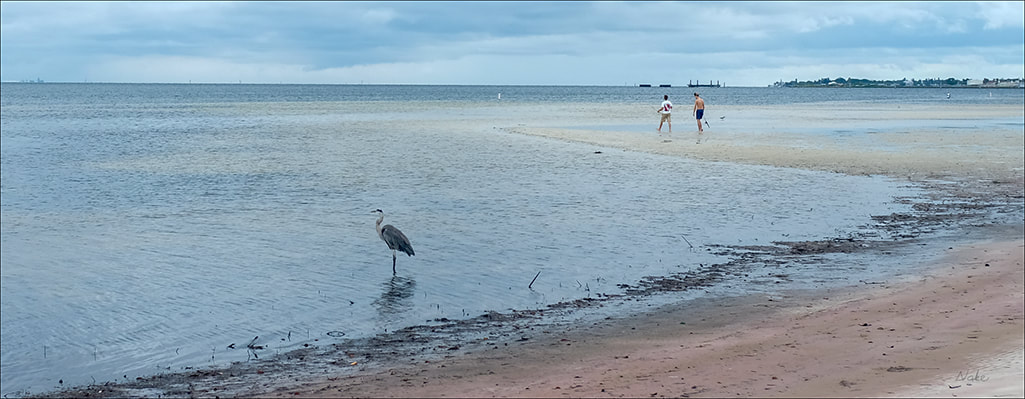
 RSS Feed
RSS Feed